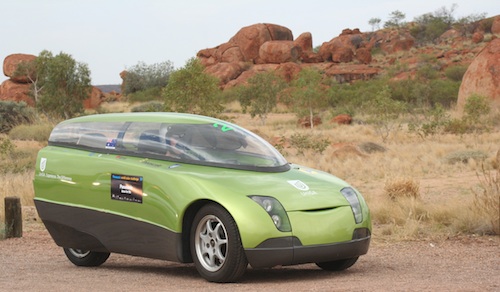LED umbrella-an umbrella for who fear the dark
An LED umbrella is not much different in terms of function than any other type of umbrella. They may sport similar features, like the ability to be collapsible and protect against sun, rain, and wind. The major difference is that they may feature LEDs (light emitting diodes) somewhere in their construction, thus giving it a unique aesthetic and appearance.
The LEDs will be a source of light on the umbrella itself, and will need to have a small power source to keep them lit. These lights can last for a relatively long period of time. Very common types of umbrellas that contain LEDs are ones where the LEDs are lined up along the canopy of the umbrella, typically surrounding the outer edge. LED Umbrellas can also include LEDs on the inside of the shaft of the umbrella.




